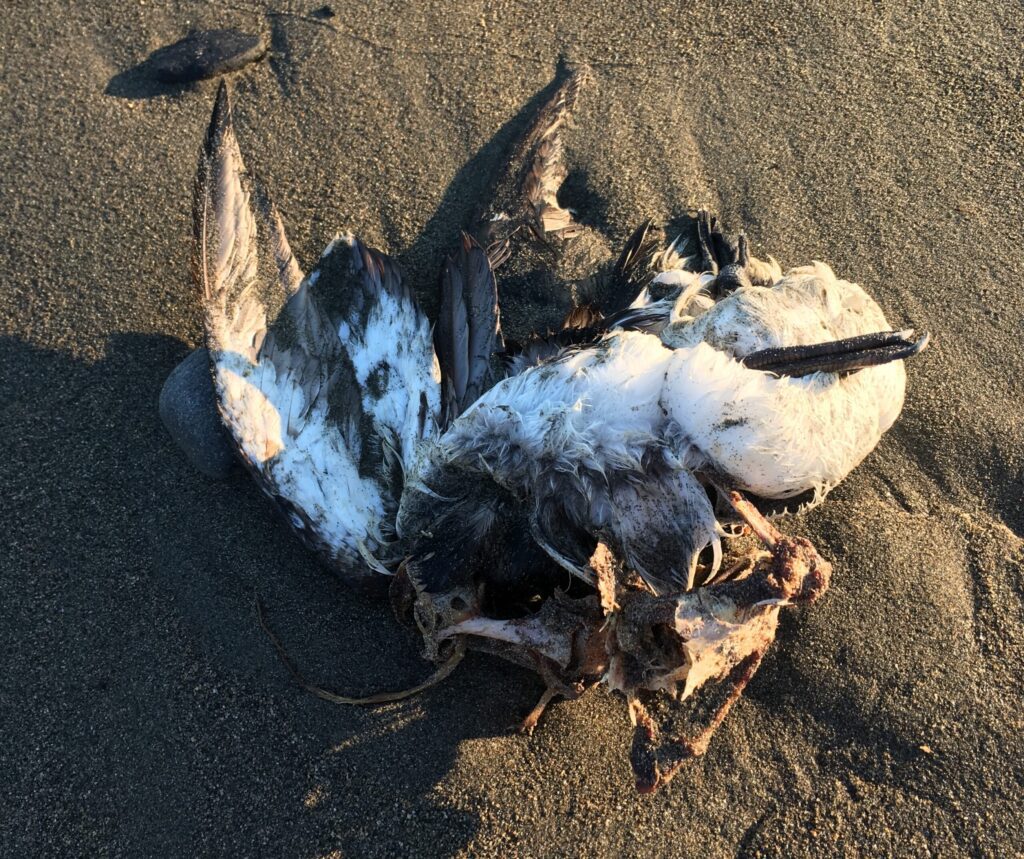Sarah Aarons will be analyzing ice cores this year.
She’s a PHD candidate at the University of Michigan and the ice cores she drilled herself in Antarctica in November and December of last year. She’s looking at the ice to study paleoclimatology – the history of the climate at the Taylor Glacier. What she will find could be helpful in understanding what will happen in Alaska, Greenland and the rest of the Arctic once the Polar Ice Cap melts.
The Ross Ice Sheet in Antarctica started melting about 20-thousand years ago. Aarons gathered ice cores that were up to 55-thousand years old on up to new ice – ice that was just forming on the glacier she camped out on for four weeks. And what she will be looking at is dust that has accumulated on the Taylor Glacier over time.
I’m not just talking about dust that you wipe off your countertop. Deserts all over the world like the Sahara Desert, for example, they’re huge sources of dust. When they have dust storms, the dust gets flown up into the atmosphere and it gets up into the upper atmosphere and it travels around the globe. It gets deposited in ice sheets and glaciers and oceans.
And dust is deposited on and in the Taylor Glacier. Aarons explains the dust can tell her a number of things about the climate history in Antarctica. One is where the predominant wind direction was during a certain period of time. Different continents have different types of rocks. Looking at the isotopes in the dust can tell you where the dust came from.
So you can say, well, 20-thousand years ago we know that the predominant wind direction was from southern South America to Antarctica. Then you can look at dust that’s 30-thousand years old and you can say, well, then the predominant wind direction changed and it was coming from Australia or something like that.
And the dust will tell her about the history of the temperature on the Taylor Glacier. The concentration of dust during a specific time is a really good indicator of temperature. Simply because when it’s colder, there is more ice on earth and more exposed continental shelves and lakebeds. Therefore, you’d have more dust accumulated during a cold period in history.
Aarons hopes to complete her PHD thesis by the fall of 2015. The ice cores she drilled in Antarctica are currently en route to the University of Michigan and should arrive by April. Once she’s done with her research:
I just hope when I’m done analyzing the samples, I hope our results tell us something related to our hypothesis. Hopefully I’ll be able to come back and present the data to someone or some people in Alaska and try to help communities in Alaska be more prepared for what’s to come. That’s my goal.
Sarah Aarons grew up in Anchorage. Her mother is the late Martha Aarons – former Bering Straits Native Corporation and Unalakleet Native Corporation board member. Learn more about her research and time in Antarctica:







